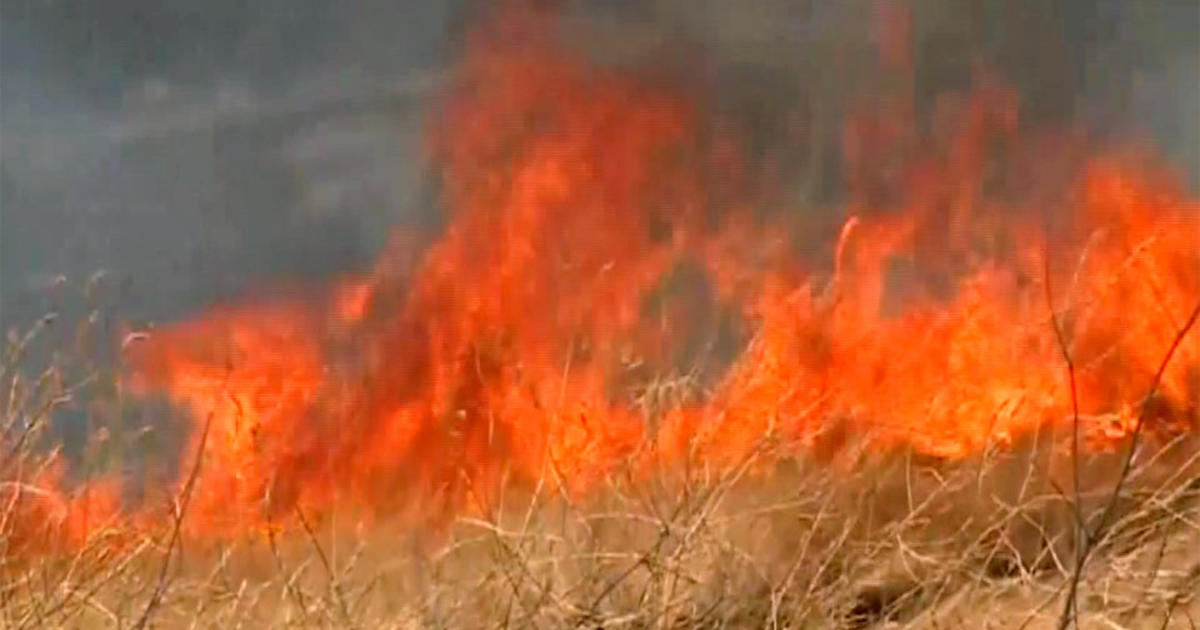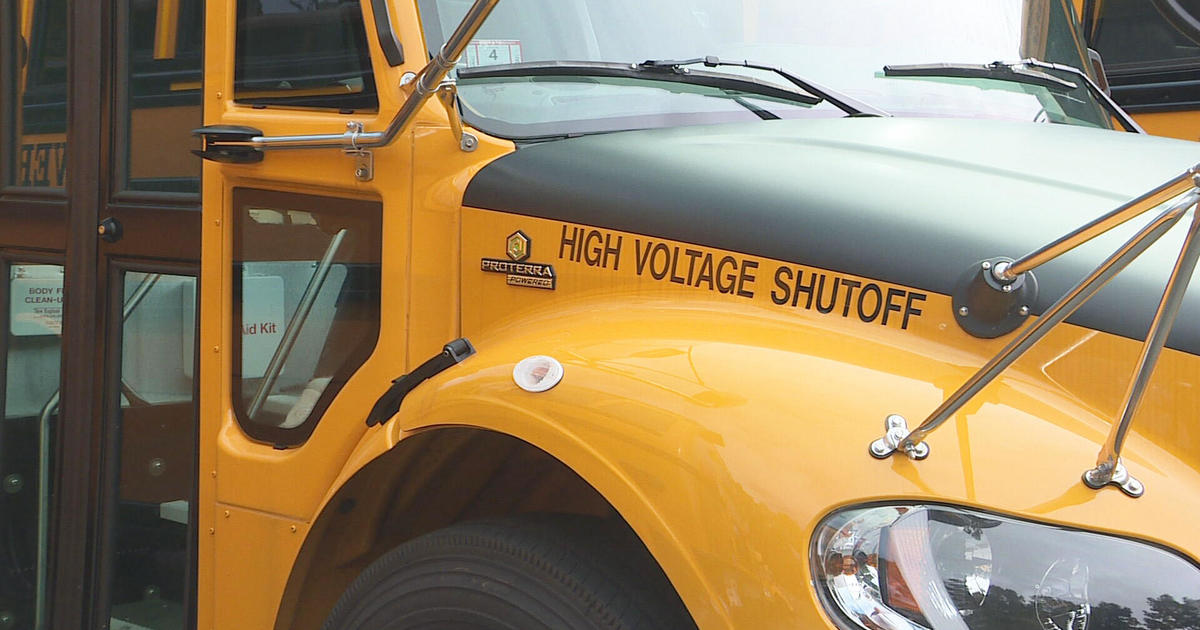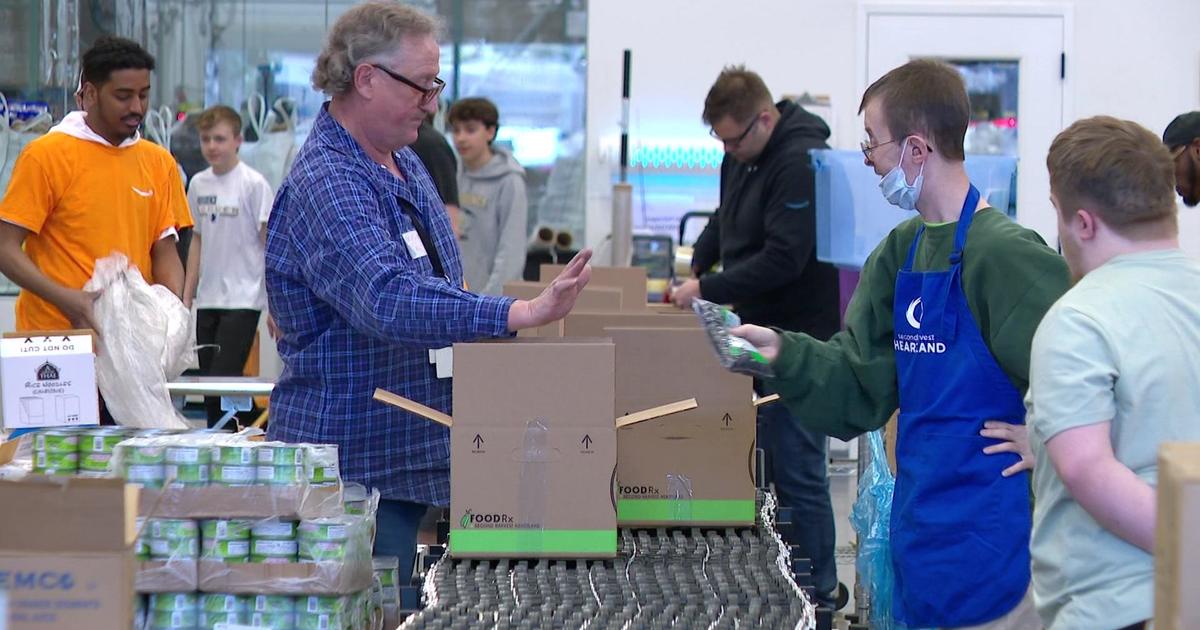How Does Plane De-Icing Work?
MINNEAPOLIS (WCCO) -- Anyone who's flown out Delta Airlines out MSP Airport from October through March has probably had Corey Ellis de-ice their plane. He's been working as a de-icer at Delta, along with 200 others for are trained for that job, for seven years.
"I'd say we're pretty good," Ellis said as he operated his truck on the de-icing pad near the runway on a recent morning where the temperature was 35 degrees. "Some would say the best in the world."
So far this season, Delta has de-iced 6,000 planes before take-off. During a frosty morning, the process can take two to three minutes. On snowy days, it can take up to 20 minutes.
"It's our lifeblood," said Mary Loeffelholz, Delta VP of Airport Customer Experience. "Without de-icing, we definitely would not be flying."
Ice, snow, frost or any other contaminants can disrupt the airflow and could potentially interfere with a safe take-off. Not only can those contaminants increase drag, they can change the shape of the wing and tail, which can affect the plane's ability for lift.
"You want the plane flying as intended," said Ellis. "With all that snow and ice, it's no good."
Delta has 30 de-icing trucks and 14 support vehicles available for de-icing at MSP Airport. On the day WCCO visited, Ellis demonstrated the process when it's frosty outside.
It all originates from a request from the pilot to remove the contaminants. That request is sent to Delta's communication hub, which then dispatches the crew. After an initial inspection, the plane is sent to the de-icing pad where trucks equipped with cranes will spray down the aircraft.
Ellis controls the nozzles attached to the cranes with a joystick to spray a mixture of propylene glycol and water on the plane. That mixture is heated to 160 degrees to melt the contaminants so they easily slip off the plane.
The crews start at the nose and finish at the tail. On non-snowy days, it's a one-step process and crews will use about 2,000 gallons of propylene glycol. On snowy or icy days, crews have to complete two steps and can average 40,000 to 50,000 gallons. MSP runs a program to collect the chemicals and recycle them into things like anti-freeze.
"If you think about it like a car wash, the de-icing portion is the wash," said Ellis. " And, then if there's snow falling, we apply Type 4 and that's like the wax so it keeps everything from sticking."
Depending on the temperature, contaminants and size of the aircraft, the plane then has a certain limited amount of time to take-off safely.
"Today, we have 35 people out there," said Dave Pederson, Delta Operations Service Manager. "One a big snow event, we'll use 60-70 people and we'll use 25 of the 30 trucks we have."
The de-icing crews at MSP have more experience than crews at most other airports in the US. According to Loeffelholz, the Delta MSP crews are so good at their jobs that they are used to train and help out at other airports. Delta will send "go-teams" to aid other crews at airports during severe weather events.
"Our trainers have got this down cold, no pun intended," she said.
Ellis is part of one of those go-teams.
"It's the people," said Ellis. "And, then knowing that everyone on that plane is going to be safe and get where they're going -- and you get to drive around pretty cool machines. That's a pretty cool perk."



